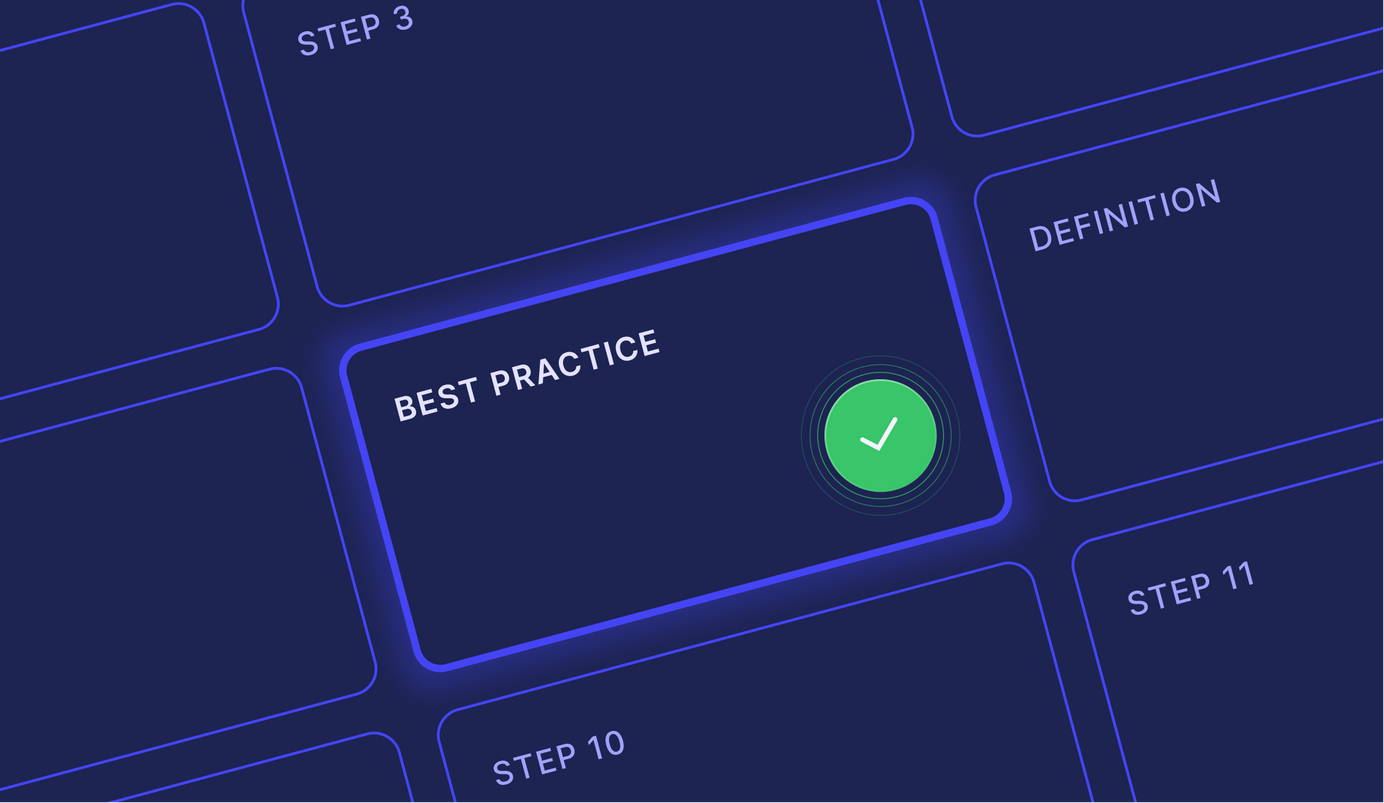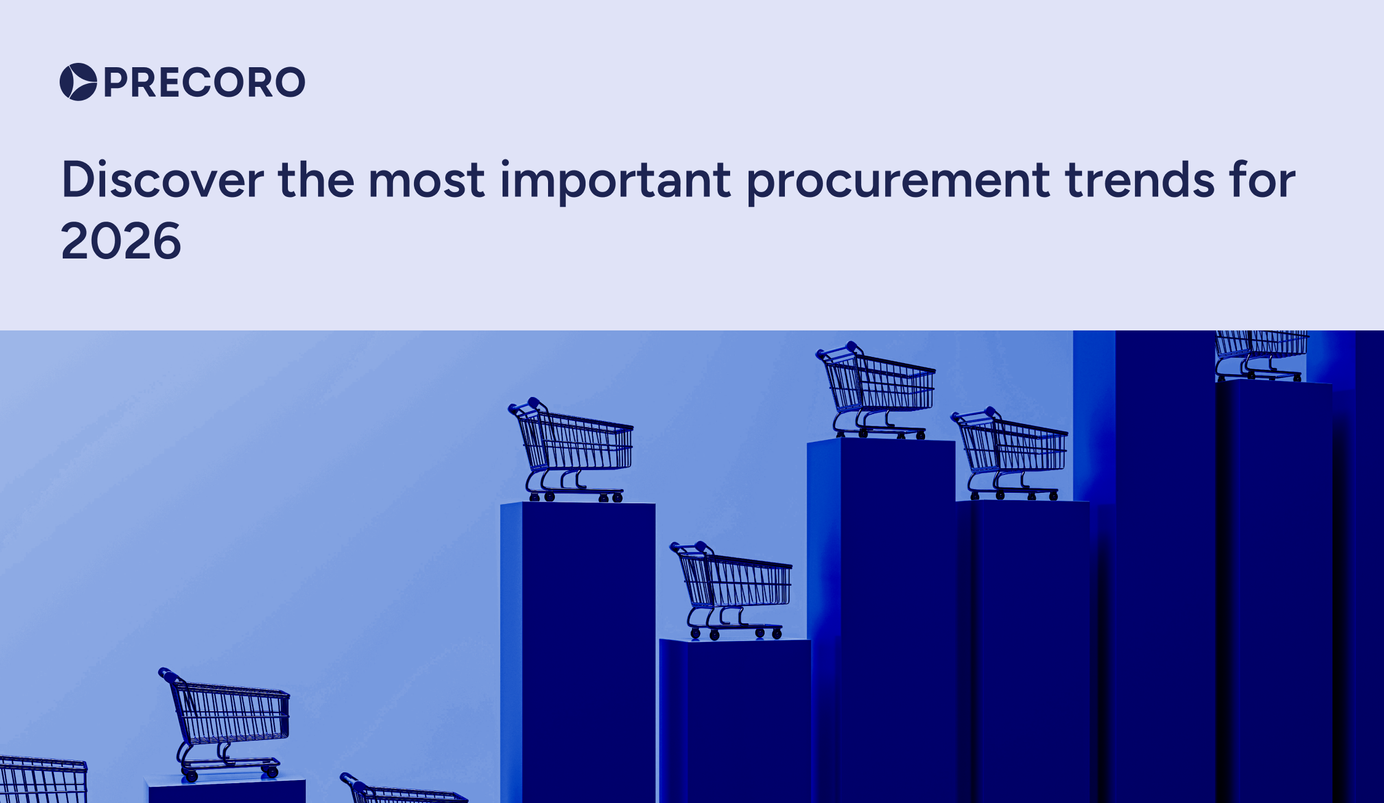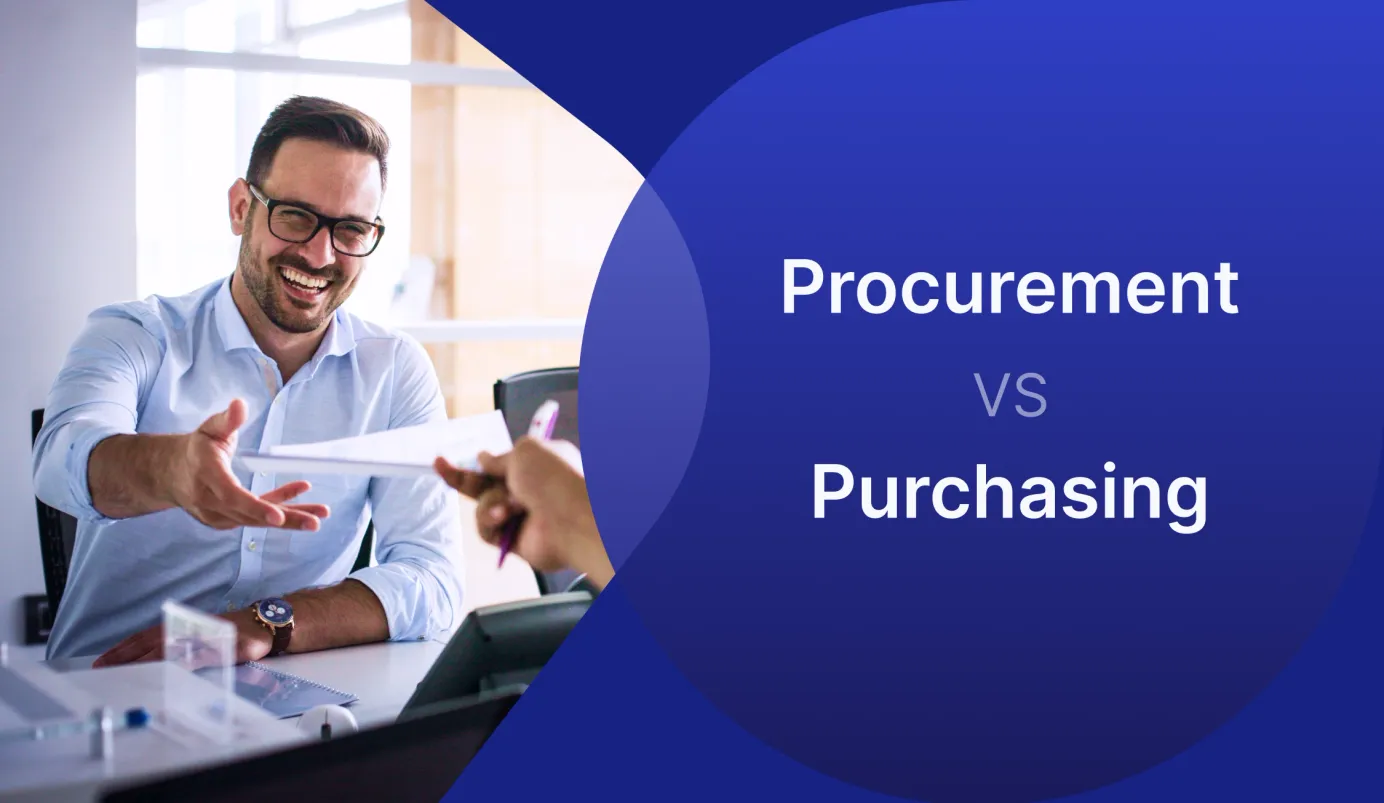
2 min read
All You Need to Know About Purchase Orders
A purchase order is a formal contract between a buyer and a seller. It's used to record the details of what's being bought, how much it costs, and when delivery is expected.
Purchase orders are binding legal documents, so it's important to understand everything that goes into them before you sign on the dotted line. In this blog post, we'll cover everything you need to know about purchase orders, from what goes into them to how they're used.
What Goes Into a Purchase Order?
A typical purchase order includes the following information:
- The name and contact information of the buyer and seller
- A description of the goods or services being purchased
- The quantity of goods or services being purchased
- The price of the goods or services being purchased
- The date of delivery
- Any special instructions for the purchase or delivery of the goods or services
Why Use a Purchase Order?
There are several reasons why businesses use purchase orders. For one, POs can help streamline and standardize the procurement process.
By having buyers fill out POs with all the pertinent information—including suppliers' names, descriptions of the goods or services being purchased, prices, delivery dates, etc.—procurement managers can more easily track and compare spending across different suppliers.
This visibility into spend can help businesses save money by negotiating better deals with suppliers.
POs can also help businesses manage their inventory more effectively. By requiring buyers to specify exactly what goods or services they need and when they need them delivered, POs can help businesses avoid overstocking their inventory or ordering items that they don't actually need. This can save businesses both time and money in the long run.
Finally, POs can protect businesses from fraud and other risks. By creating a paper trail that documents what was ordered, from whom it was ordered, and at what price, POs can help businesses hold suppliers accountable for any issues that may arise with an order. This paper trail can also be used as evidence in court if necessary. To ensure documents are easily available, it's best for companies to use PO systems.
What Happens After a Purchase Order is Submitted?
Once you've submitted your purchase order, the seller will review it and decide whether or not they can fulfill your request. If they can't, they may propose an alternative solution or cancel the purchase order altogether.
However, if they do accept your purchase order, then it becomes a binding contract between you and the seller. From there, it's up to both parties to fulfill their obligations as outlined in the document. If either party fails to do so, they may be held liable for damages.
Therefore, it's important that both parties understand their obligations under the contract and are able to meet them.
If you're ever in doubt about any aspect of your purchase order, don't hesitate to reach out to your procurement department or legal team for guidance. They will be able to help you navigate any challenges that may arise during the process.
Conclusion:
Purchase orders are an essential part of any business transaction. By understanding what goes into them and how they're used, you can safeguard your business against fraud and ensure that you're getting what you expect when you make a purchase.
Thanks for reading! We hope this blog post was helpful in understanding everything you need to know about purchase orders









